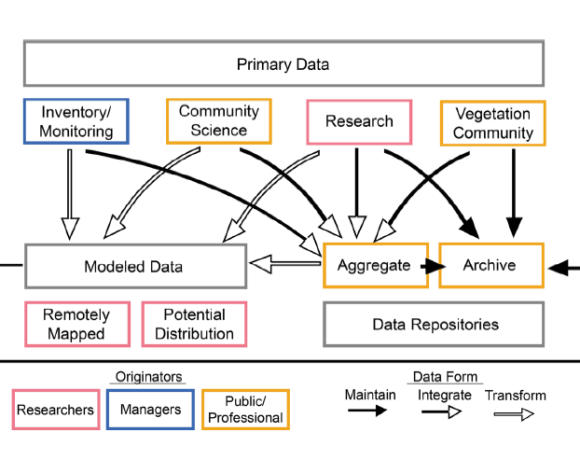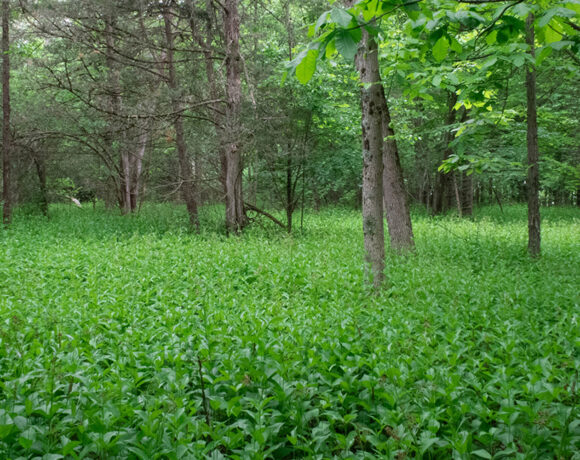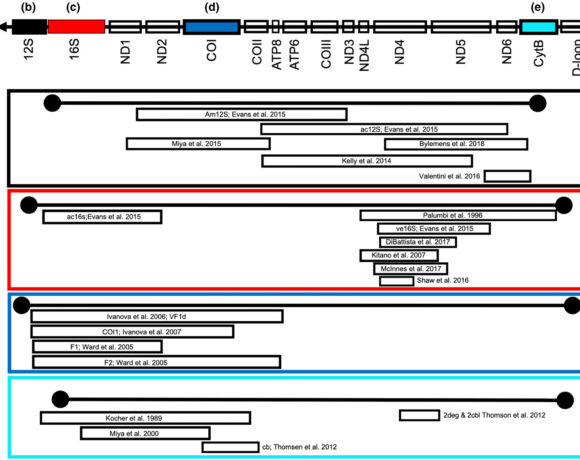Firewood Transport as a Vector of Forest Pest Dispersal in North America: A Scoping Review
A cozy campfire for summer days, a warm fireplace for winter evenings– the use of firewood is an “established cultural norm”. However, moving firewood from place to place can have devastating consequences, as it can spread forest pests that decimate forests to collectively cost an estimated $4.2 – $14.4 billion per year. In order to better address the problem of people moving firewood and vectoring forest pests, Solano and colleagues examined trends and gaps in the existing literature on firewood and human-mediated forest pest movement in North America. Using key search criteria, the team conducted a scoping review; combing through five online databases to find 24 articles on the subject, then organizing the findings of each paper into 5 themes (see summarized below). The existing literature demonstrates the risk of firewood movement, but fails to address the level of awareness the public has on such risks, or the level of effectiveness of firewood regulations to prevent forest pest spread.
Key take-aways by theme:
- Insect incidence in firewood: Insects can persist for years in firewood; the risk of spreading forest pests is still high long after wood has been split or treated.
- Insect dispersal via firewood: While invasive forest pests (like emerald ash borer, EAB) may initially be introduced by overseas transport, the insects can quickly and broadly disperse through the new region through firewood movement.
- Recreational firewood movement: When it comes to western State or National Parks, 32% of campers bring firewood from out-of-state, traveling an average of 147 miles for their trip– carrying major potential for spreading forest pests.
- Efficacy of firewood treatments: While heat-treating wood (60˚C internally for 60 minutes) was demonstrated to eliminate EAB in one study, another study found using similar temperature standards (56˚C) was not effective at eliminating all EAB. Other studies showed that a combination of debarking and heating-treating firewood logs can eliminate insects like the walnut twig beetle.
- Behavior and rule compliance of firewood users: In one study, the most common reasons campers cited for transporting firewood had to do with cost, convenience and quality. Additionally, demonstrating the negative impacts of invasive forest insects, and decreasing the cost of local firewood may be effective for triggering behavioral change.
Management implications:
- Encourage the public to not move firewood by consistently demonstrating firewood’s role in the negative consequences of invasive forest insects. Motivate compliance by ensuring an agreeable price, convenience, and quality of local firewood.
- Assess the effectiveness of any outreach efforts by using a metric to assess the public’s change in behavior.
- Additional resources can be found at https://www.dontmovefirewood.org/.













